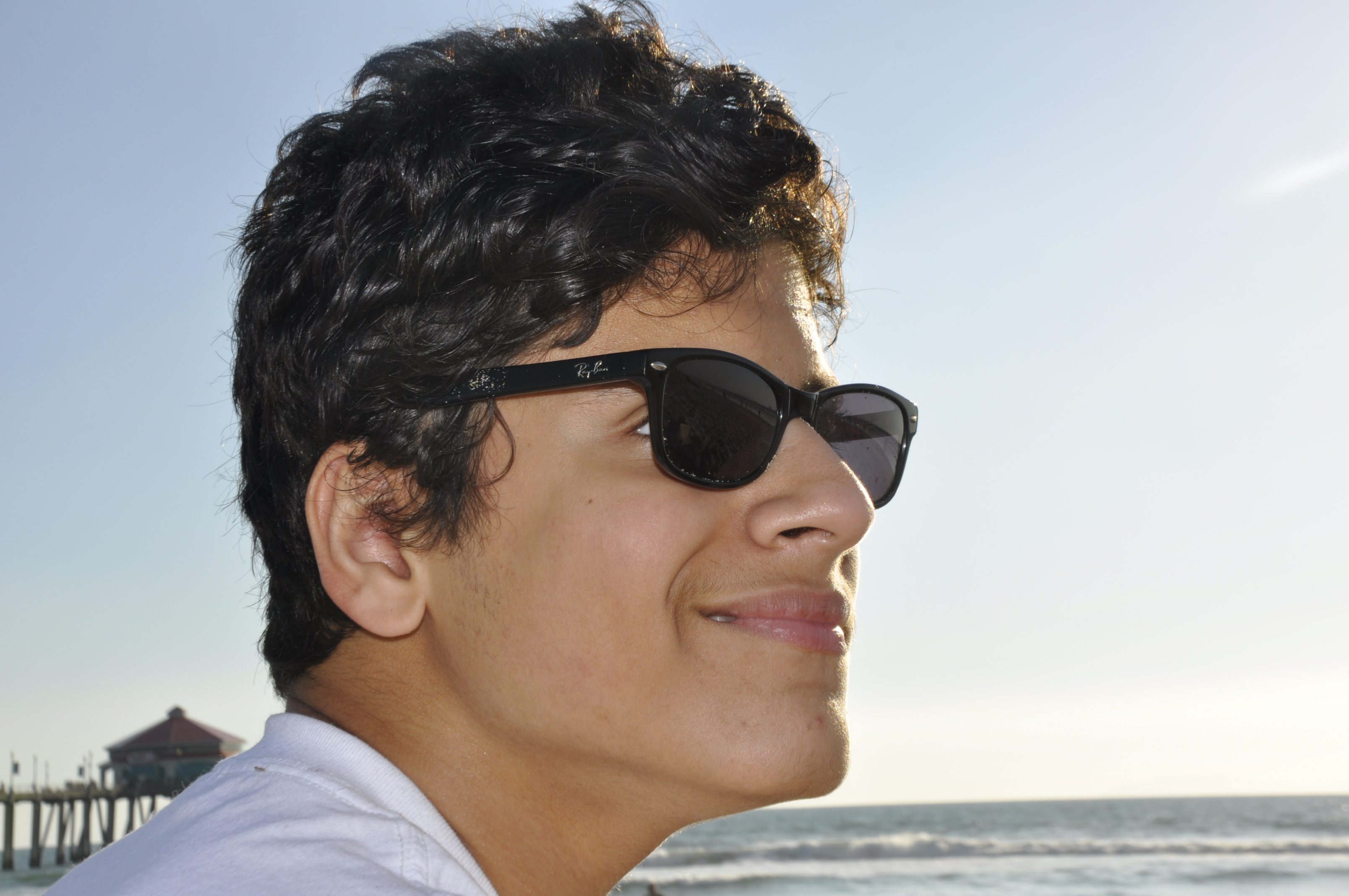Types of Cerebral Palsy:
spastic: the most common type of cerebral palsy; reflexes are exaggerated and muscle movement is stiff
athetoid cerebral palsy: marked by involuntary, slow, writhing movements.
dystonic cerebral palsy: trunk movements are more affected than limb muscles, resulting in a twisted posture
ataxic: voluntary muscle movements are not well coordinated
hypotonic: muscle tone is decreased or floppy
mixed: combinations of the symptoms listed above
Symptoms of Cerebral Palsy:
Symptoms of cerebral palsy vary according to type, and range from mild to severe. Some of the more common symptoms include delayed milestones like controlling head, rolling over and sitting up. Some babies hold on to their infantile reflexes, like the startle reflex, that usually disappears after 6 months of age. Young children may develop a right or left “handedness” before 18 months. That could indicate a problem with not being able to use the other hand properly. Abnormal muscle tone is very common. Mental retardation and seizures are also seen in people with cerebral palsy.
Spastic Cerebral Palsy:
In spastic cerebral palsy, muscles are very tight and may get worse with time. This tightness will cause a decrease in joint flexibility. People suffering from this symptom will have an abnormal walking posture. For example, knees may be touching or crossed, the arms may be tucked in at the sides, and there may be a scissors-like movement of the legs. Children may walk on their toes. Muscle weakness or paralysis may also be present. Symptoms can affect one side of the body, one arm, one leg, or both arms and both legs.
Children with cerebral palsy may also have speech, hearing and vision difficulties as well as bladder and bowel problems.
Symptoms of other types of cerebral palsy may also include floppy muscle tone and lack of muscle coordination. Tremors or an unsteady gait are also common. People who have cerebral palsy may have difficulty with speech, chewing, and swallowing, drooling and irregular breathing.
Classification of Cerebral Palsy:
Cerebral palsy is classified according to the Gross Motor Function Classification System (GMFCS). GMFCS focuses on what the child is able to do rather than what his or her limitations are. GMFCS has five levels and is age specific. Emphasis is on the following capabilities:
*the ability to sit
*capability for movement and mobility
*charting independence
*use of adaptive technology
Assistive Aides:
*eyeglasses
*hearing aids
*walking aids
*braces
*wheelchairs
Other types of treatment for cerebral palsy include:
*speech therapy
*physical therapy
*occupational therapy (to learn how to *modify tasks and adapt)
*social services consultations
*respite care for caregivers
